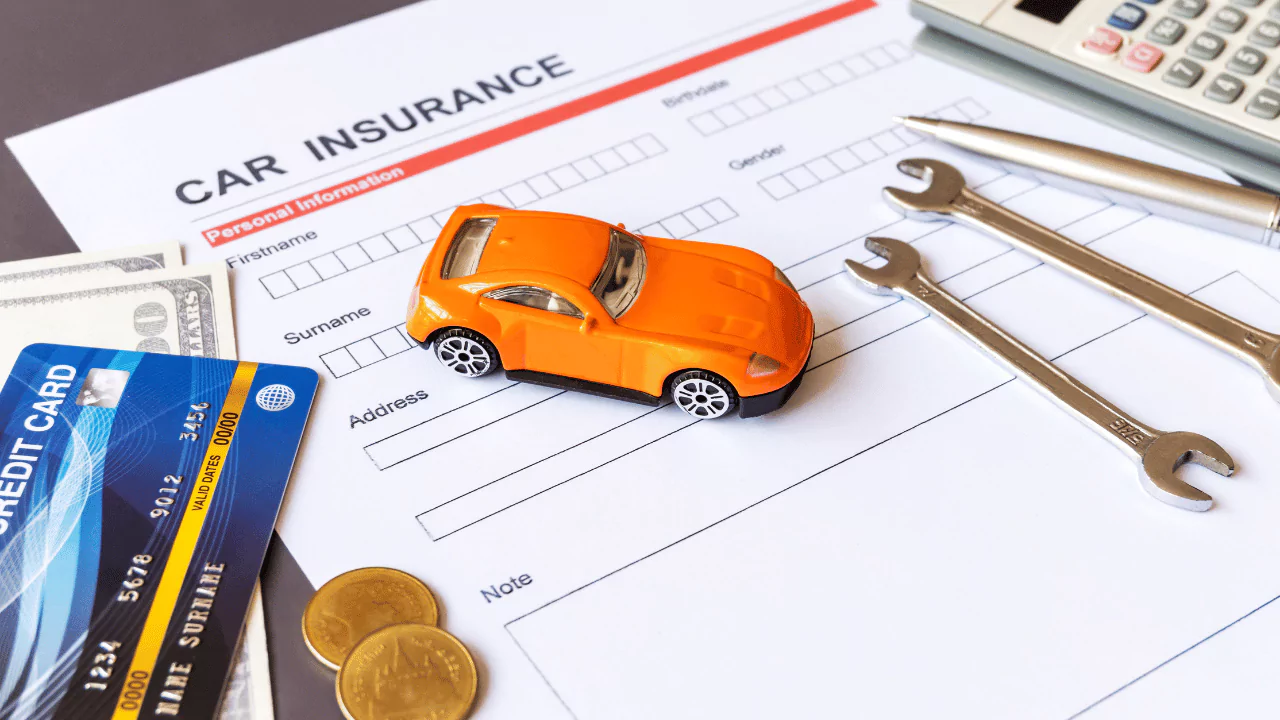If you are thinking about leasing a car, you might be wondering what kind of insurance coverage you need. Leasing a car means that you are renting it from a leasing company for a fixed period of time, usually two to four years. During this time, you are responsible for paying for the car’s maintenance, repairs, and insurance.
In this article, we will explain the insurance requirements for leased cars, the cost of insurance for leased cars, and how to obtain insurance for leased cars.
Insurance Requirements for Leased Cars
When you lease a car, you need to meet two sets of insurance requirements: the state’s minimum car insurance requirements and the leasing company’s insurance requirements.
Common State Requirements
Every state has its own laws regarding the minimum amount and type of car insurance that drivers must have. The most common type of required car insurance is liability insurance, which covers the medical expenses and property damage of other people if you cause an accident. Some states also require uninsured/underinsured motorist coverage, which protects you if the other driver does not have enough or any insurance, and personal injury protection or medical payments coverage, which covers your own medical expenses regardless of who is at fault.
The minimum coverage required by each state may not be enough to cover all the costs that result from an accident. Therefore, it is advisable to choose higher liability limits than the state minimums to avoid paying out of pocket for any damages that exceed your coverage limits.
Common Requirements by Leasing Companies
Leasing companies usually require more than the state minimums when it comes to car insurance. This is because they want to protect their investment in the car and make sure that they can recover their losses if the car is damaged or totaled. Leasing companies typically require full coverage insurance, which includes comprehensive and collision coverage in addition to liability coverage.
Damage to your vehicle from things other than accidents, such theft, vandalism, fire, water, hail, or animal attacks, are covered by comprehensive insurance. When you have collision insurance, the costs of repairs after a collision with another vehicle or fixed object are covered. The deductible is the portion of a claim that you are responsible for paying out of pocket before your insurance company begins paying anything.
Some leasing companies also require gap insurance, which we will discuss in more detail later.
Full Coverage Insurance
In the event of a collision, full coverage insurance protects not only your vehicle but also the property and well-being of those not in your vehicle and any bystanders. Most policies that provide full coverage also cover:
- Liability coverage: This covers the medical expenses and property damage of other people if you cause an accident.
- Comprehensive coverage: This covers damage to your car that is caused by events other than collisions, such as theft, vandalism, fire, flood, hail, or animal strikes.
- Collision coverage: This covers damage to your car that is caused by colliding with another vehicle or object.
Full coverage insurance may also include other optional coverages, such as:
- Uninsured/underinsured motorist coverage: This protects you if the other driver does not have enough or any insurance.
- Personal injury protection or medical payments coverage: This covers your own medical expenses regardless of who is at fault.
- Rental reimbursement coverage: This pays for a rental car if your car is in the shop for repairs after an accident.
- Roadside assistance coverage: This pays for towing or other emergency services if your car breaks down on the road.
Cost of Insurance for Leased Cars
The cost of insurance for leased cars depends on several factors, such as:
- The type and amount of coverage that you choose.
- The make, model, and year of the car that you lease.
- Your driving record and history of claims.
- Your age, gender, marital status, and credit score.
- Your location and annual mileage.
- The discounts that you qualify for.
Comparison With Insurance for Owned Cars
Generally speaking, leasing a car may result in higher insurance costs than owning a car. This is because leasing companies usually require full coverage insurance with higher liability limits than the state minimums. Additionally, leasing companies may also require gap insurance, which adds to the cost of insurance.
However, there are some situations where leasing a car may result in lower insurance costs than owning a car. For example:
- If you lease a new or newer car that has advanced safety features and lower repair costs than an older car.
- If you lease a car that has a lower value or depreciation rate than a comparable owned car.
- If you lease a car for a shorter term than the typical loan term for an owned car.
Gap Insurance for Leased Cars
Gap insurance is a type of optional coverage that covers the difference between the actual cash value of your car and the amount that you owe on your lease contract if your car is totaled or stolen. For example:
- You lease a new car for $30,000 with a 36-month lease term and a $3,000 down payment.
- After 18 months, your car is worth $18,000, but you still owe $24,000 on your lease contract.
- Your car is totaled in an accident, and your insurance company pays you $18,000, which is the actual cash value of your car.
- You are left with a gap of $6,000 that you have to pay to the leasing company to end your lease contract.
Gap insurance would cover the $6,000 gap and save you from paying out of pocket for a car that you no longer have. Gap insurance is usually required by leasing companies, but you may be able to purchase it from either the leasing company or your own insurance company. The cost of gap insurance varies depending on the provider and the value of your car, but it is typically a small percentage of your total insurance premium.
Obtaining Insurance for Leased Cars
If you are planning to lease a car, you will need to obtain insurance before you can drive off the lot. Here are some steps to take when obtaining insurance for leased cars:
How to Find Insurance Providers?
There are many ways to find insurance providers that offer coverage for leased cars, such as:
- Asking for recommendations from friends, family, or coworkers who have leased cars.
- Searching online for insurance companies or comparison websites that allow you to compare quotes from different providers.
- Contacting your current or previous insurance company and asking if they offer coverage for leased cars.
- Visiting or calling local insurance agents or brokers who can help you find the best deal for your needs.
Coverage Options to Consider
When choosing coverage options for your leased car, you will need to consider:
- The state’s minimum car insurance requirements and the leasing company’s insurance requirements.
- The value and depreciation rate of your car.
- The amount of deductible that you can afford to pay in case of a claim.
- The amount of coverage that you need to protect yourself and your assets in case of a lawsuit.
- The optional coverages that may benefit you, such as gap insurance, rental reimbursement coverage, roadside assistance coverage, etc.
Steps to Take When Obtaining Insurance
Once you have found an insurance provider and selected your coverage options, you will need to:
- Provide the insurance provider with your personal information, driving record, and lease contract details.
- Pay the first premium or deposit for your policy.
- Receive your proof of insurance card or document from the insurance provider.
- Provide the leasing company with a copy of your proof of insurance and list them as additional insured and loss payee on your policy.
- Review your policy periodically and update it if there are any changes in your situation or needs.





